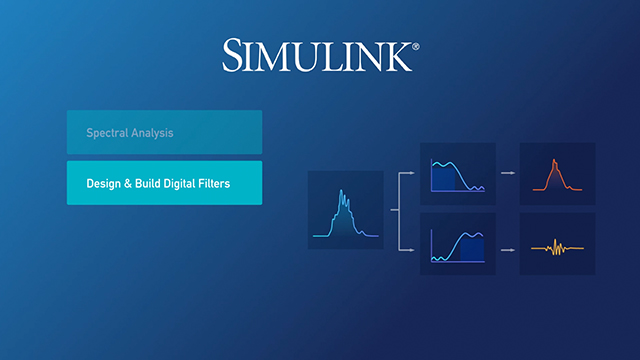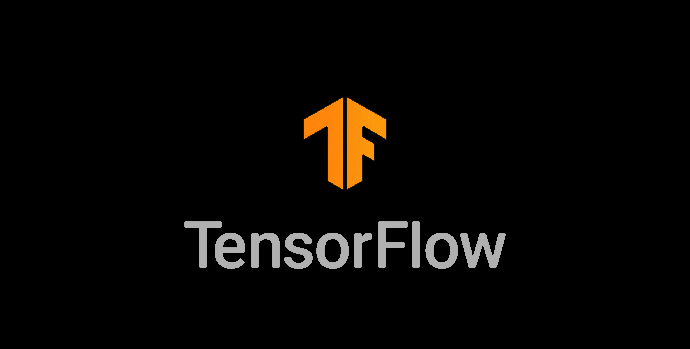1: Introduction to D3.js
1.1 Overview of D3.js and Its Capabilities
1.2 Key Features and Advantages of D3.js for Data Visualization
1.3 Installing and Setting Up D3.js in Your Development Environment
2: Understanding the D3.js Core Concepts
2.1 Data Binding and Data Joins
2.2 SVG Basics: Understanding Scalable Vector Graphics
2.3 The D3.js Selection and Data Binding Process
3: Creating Basic Charts with D3.js
3.1 Building Your First Chart: Simple Line Chart
3.2 Creating Bar Charts and Pie Charts
3.3 Adding Labels and Annotations to Your Charts
4: Customizing Chart Appearance
4.1 Styling Charts with CSS and D3.js Attributes
4.2 Applying Colors, Gradients, and Patterns
4.3 Customizing Axis and Grid Lines
5: Adding Interactivity to Visualizations
5.1 Implementing Basic Interactions: Tooltips and Hover Effects
5.2 Adding Click Events and Data Updates
5.3 Creating Responsive Charts that Adapt to User Inputs
6: Working with Scales and Axes
6.1 Understanding Scales: Linear, Logarithmic, and Time Scales
6.2 Creating and Customizing Axes
6.3 Adjusting Scales for Different Data Ranges and Chart Types
7: Incorporating Data Transitions and Animations
7.1 Implementing Smooth Transitions Between Data States
7.2 Adding Animations to Enhance User Experience
7.3 Using D3.js Transitions for Dynamic Data Updates
8: Debugging and Optimizing D3.js Visualizations
8.1 Common Issues and Debugging Techniques
8.2 Best Practices for Optimizing Performance
8.3 Handling Large Datasets Efficiently
9: Integrating D3.js Visualizations into Web Pages
9.1 Embedding D3.js Charts in HTML Documents
9.2 Combining D3.js with Other JavaScript Libraries
9.3 Creating a Simple Interactive Web Application with D3.js
10: Final Project and Course Wrap-Up
10.1 Final Project: Building a Basic Interactive Dashboard Using D3.js
10.2 Presentation and Review of Projects
10.3 Summary of Key Concepts and Techniques
10.4 Q&A and Resources for Further Learning
To conclude; This course provides a practical foundation in D3.js, covering chart creation, interactivity, transitions, and web integration. Through the final project, you’ll apply these skills to build an interactive dashboard, equipping you with tools to create dynamic visualizations for real-world applications.
If you are looking for customized info, Please contact us here
Reference







Reviews
There are no reviews yet.